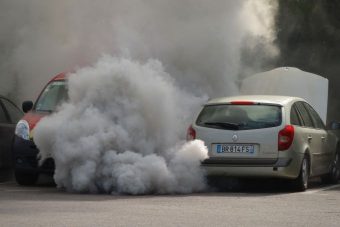
Following a high court order the government have launched their new clean air plan. One proposal is for clean air or low emission zones in many UK towns and cities aiming to reduce traffic pollution by restricting vehicles with weaker exhaust controls.
There are over 200 zones across Europe, but do they work? Europe’s largest is in London. Before the scheme the capital had one of the oldest delivery fleets in the UK. This changed in the run-up to the implementation of the zone and exhaust particles decreased alongside busy roads in outer London.
In Germany, where zones also ban the most polluting cars, air pollution in cities with zones improved faster than in those with no zone. This was especially the case for particle pollution. In contrast, researchers struggled to find improvements from Dutch zones. One possible reason is that the schemes were too weak; they applied to small areas of each city and banned only the very oldest lorries.
For many years new diesels passed ever-tighter exhaust tests in the laboratory only to emit much more nitrogen oxides on roads. Defra estimates an annual health cost of £13 billion from nitrogen dioxide pollution. If a clean air zone achieved the replacement of a 12-year-old diesel car with a new one we could save £350 per year in health cost. A new petrol or electric replacement would be over £750 saving. Removing the car and using public transport, walking and cycling would be even better. This would simultaneously tackle problems of obesity and lack of exercise, improve traffic noise and help air pollution and climate change.
Source: theguardian.com




